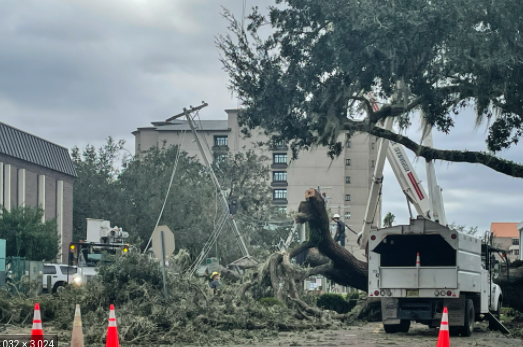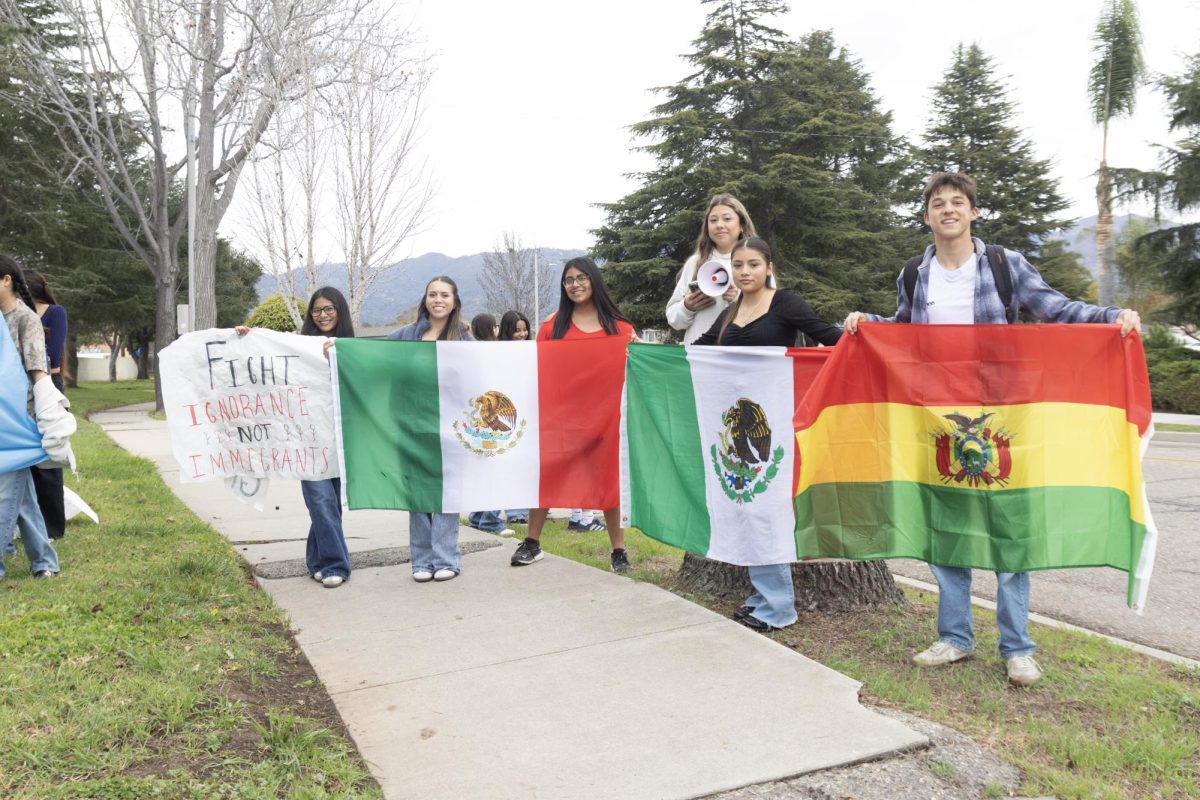On September 23, a storm formed in the central Caribbean, known as storm Ian. On the 26th, the storm turned into a hurricane with strong winds of 105 mph. It became the strongest hurricane in the Caribbean since Hurricane Felix in 2007. As storm Ian transitioned into a hurricane, Ian met the National Hurricane Center’s threshold for “rapid intensification”, gaining around 35 miles per hour in wind speed in less than 24 hours.
Ian started heading north which quickly emerged in the southern Gulf of Mexico as a Category three hurricane. On September 26 through the morning of September 27th, Ian became the strongest September hurricane in the Gulf of Mexico since Hurricane Irma in 2017.
The hurricane headed towards Western Florida, where residents were ordered to evacuate. Ian came near Cayo Costa, Florida, with winds as high as 155 miles per hour. The hurricane was almost at Category 5, tying the record as the fifth strongest hurricane in the U.S. Extreme rainfall began on September 29th. Plácida received 15 inches of rain over 12 hours, and Lake Wales in Central Florida received 17 inches of rain within 24 hours.
Hurricane Ian returned to Category one and was once again in open water on September 30th. Ian turned and made a landfall in South Carolina. It was the first landfall of a hurricane that the state has seen in nearly six years. It brought even more heavy rain, winds, and flooding along the coastline. Ian began to weaken once again on October 1 according to the National Centers for Environmental Information (NCEI).
In the end, the storm knocked out power for more than 1.1 million buildings. There were 105 reported deaths, most of them due to drowning. There was also more than $50 billion of damage caused. Hurricane Ian was a big tragedy and many people are wanting to help with the damage it has caused. If interested, use this link to help support the minimization of damage: https://www.projecthope.org/hurricane-ian-how-to-help/10/2022/.




























